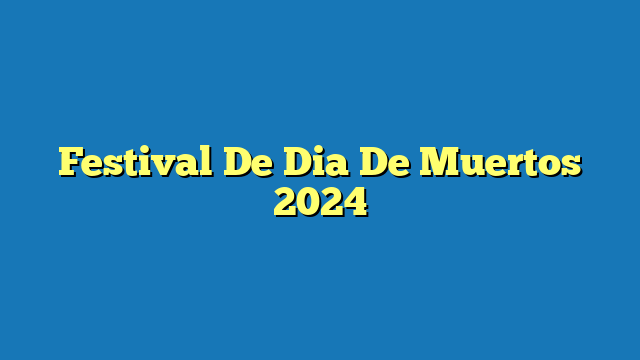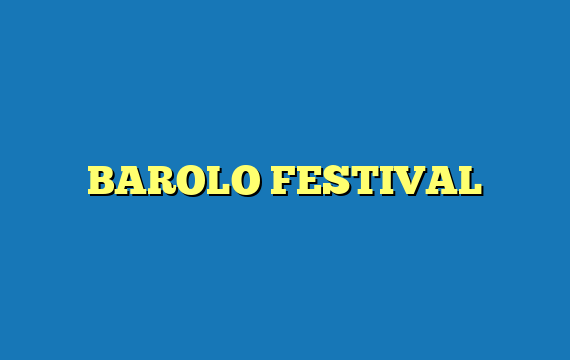Festival de Día de Muertos
The Festival de Día de Muertos, or Day of the Dead, is a Mexican holiday that celebrates the lives of deceased loved ones. The holiday is observed on November 1st and 2nd, and it is believed that on these days, the spirits of the dead return to visit their living relatives.
The Festival de Día de Muertos is a colorful and festive holiday. Families and friends gather together to build altars, or ofrendas, in honor of their deceased loved ones. The altars are typically decorated with flowers, candles, food, and other offerings. Families also visit the graves of their loved ones and bring them flowers and other gifts.
The Festival de Día de Muertos is a time for families and friends to remember and honor their deceased loved ones. It is a time to celebrate life and death, and to reflect on the importance of family and tradition.
History of the Festival de Día de Muertos
The origins of the Festival de Día de Muertos can be traced back to the ancient Aztec civilization. The Aztecs believed that death was a natural part of life, and they celebrated the lives of their deceased loved ones with a festival called Mictecacihuatl. Mictecacihuatl was the Aztec goddess of death, and she was believed to guide the souls of the dead to the underworld.
When the Spanish arrived in Mexico in the 16th century, they brought with them their own Catholic traditions. The Spanish missionaries combined elements of Mictecacihuatl with Christian beliefs to create the Festival de Día de Muertos.
Traditions of the Festival de Día de Muertos
The Festival de Día de Muertos is a unique and colorful holiday that is celebrated in many different ways throughout Mexico. Some of the most common traditions include:
- Building ofrendas: Ofrendas are altars that are built in honor of deceased loved ones. They are typically decorated with flowers, candles, food, and other offerings.
- Visiting graves: Families and friends visit the graves of their loved ones and bring them flowers and other gifts.
- Eating special foods: Special foods are prepared for the Festival de Día de Muertos, such as pan de muerto (bread of the dead) and calaveras de azúcar (sugar skulls).
- Playing music: Music is an important part of the Festival de Día de Muertos. Families and friends often gather together to sing and play music in honor of their deceased loved ones.
- Dancing: Dancing is another popular activity during the Festival de Día de Muertos. Families and friends often gather together to dance and celebrate the lives of their deceased loved ones.
The Festival de Día de Muertos Today
The Festival de Día de Muertos is a vibrant and popular holiday that is celebrated throughout Mexico. It is a time for families and friends to remember and honor their deceased loved ones, and to celebrate life and death.
In recent years, the Festival de Día de Muertos has become increasingly popular outside of Mexico. Many countries around the world now celebrate the holiday, and it has become a symbol of Mexican culture and heritage.



